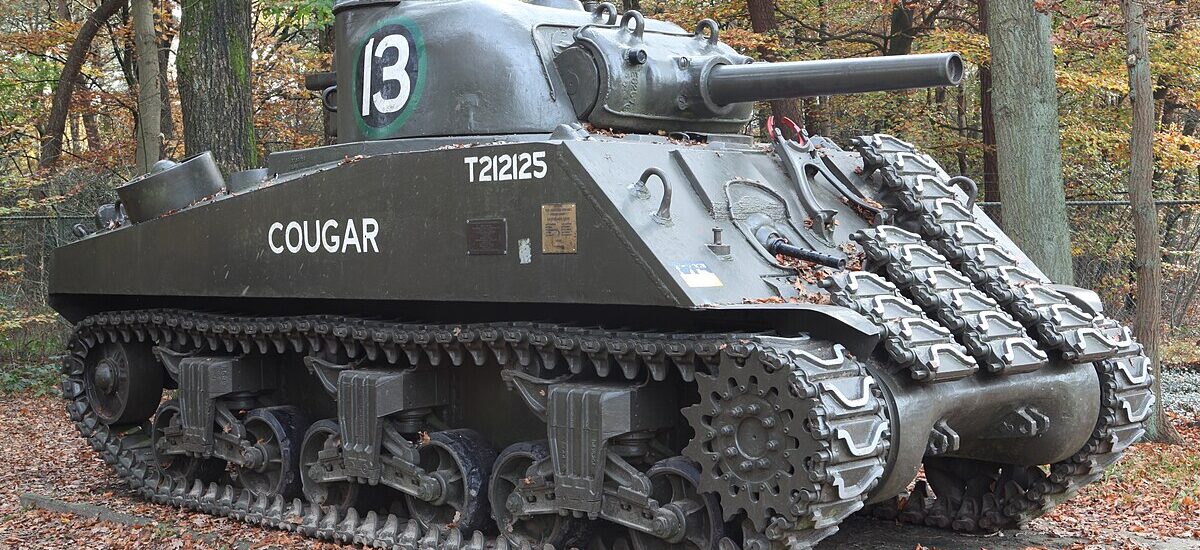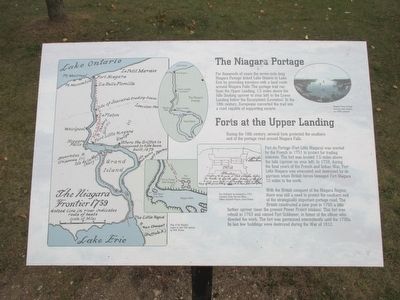Welcome to a piece of history that changed the course of World War II, the Sherman Tank. As you stand before this formidable machine, imagine it as a critical player in a global conflict. Born from the necessity of war, the Sherman Tank was developed to replace the older M3 ‘Grant/Lee’ medium tank. Its journey began in 1942, and by the end of World War II, over 50,000 units had rolled off the production lines.
This particular Sherman, a rare M4A3E9 model, was manufactured by the Ford Motor Company in 1943. It represents one of the many innovations that emerged during the war era. The M4A3E9 was equipped with a Ford GAA-V8 engine, providing it with the power to reach speeds of up to 26 miles per hour. The tank’s primary armament included a 75 mm main gun, complemented by .30 and .50 caliber machine guns, making it a formidable force on the battlefield.
The Sherman Tank was not just a piece of machinery but a symbol of the collaborative efforts during the war. It was used not only by American forces but also by the armies of Great Britain, the Free French, China, and even the Soviet Union. Despite its nickname ‘Ronson,’ due to its tendency to catch fire, the Sherman was beloved for its ease of maintenance and could often be repaired right on the battlefield.
The tank you see here was restored with the markings of a vehicle from D company, 1st Battalion, 67th Armored Regiment, 2nd Armored Division. Its nickname, ‘Draftee,’ pays homage to the wartime tradition of naming tanks, a practice that boosted morale among the crews.
As you reflect on the Sherman Tank’s legacy, consider its role in the broader context of history. It was not just a weapon of war but a testament to industrial innovation and international cooperation. Today, it stands as a silent witness to the past, inviting us to remember and learn from the triumphs and trials of those who served.



